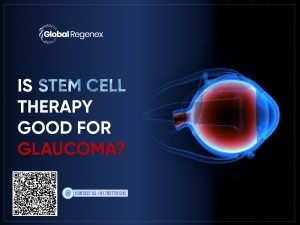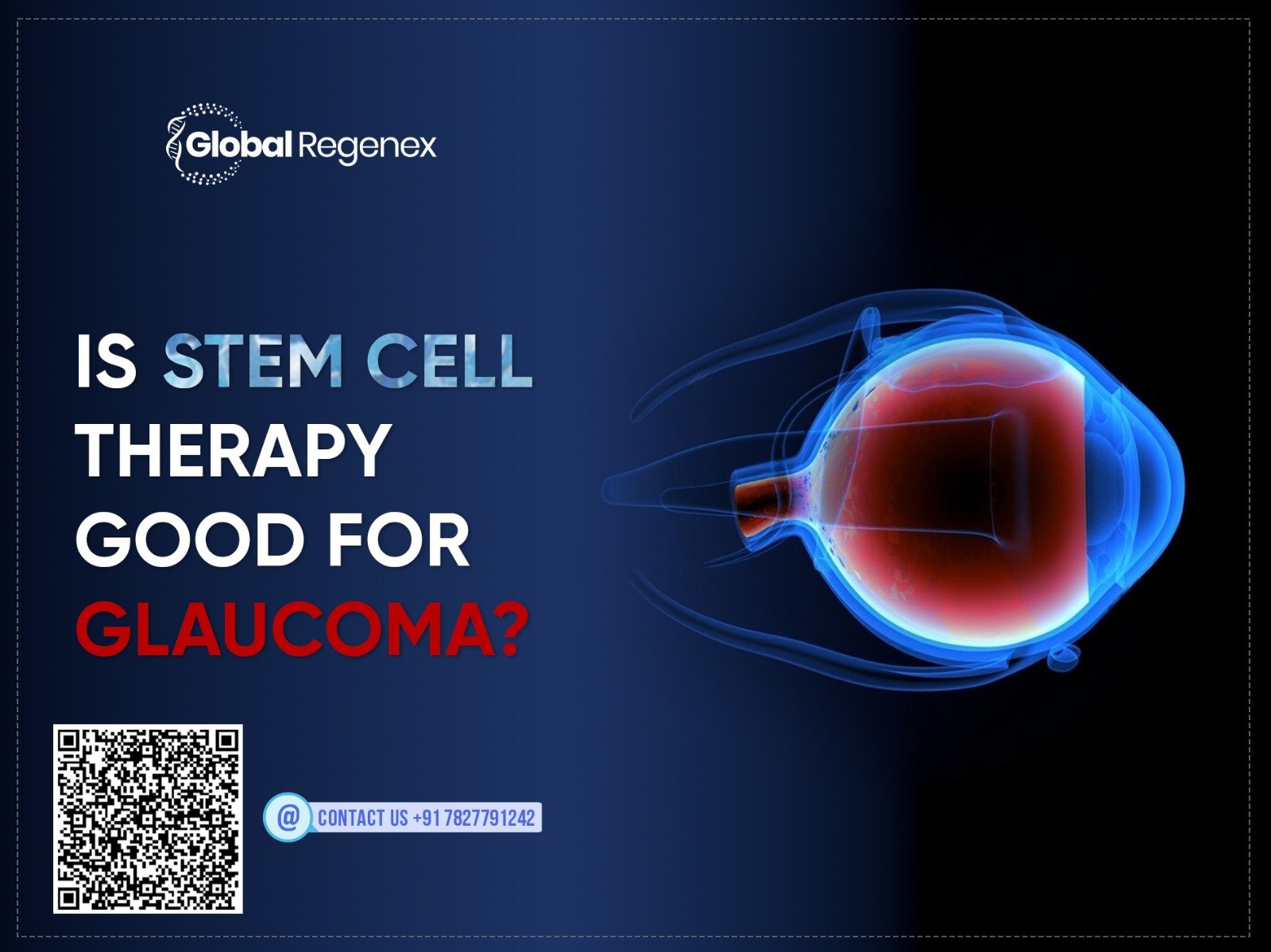
One of the leading causes of blindness in the entire world and affecting millions, glaucoma is a degenerative eye disease, which has been known to damage the optic nerve through high pressures in the eyes. The conventional treatments involved include drops for the eye, laser therapy, and surgery to give symptomatic relief. It cannot reverse or regain any loss of vision caused due to advancing the disease process. This is where stem cell therapy, for example, may be able to do this.
What are Stem Cells?
These are stem cells that the body can turn into different types of cells, in general, they can fix or replace damaged tissues, which has really fascinated them in regenerative medicine. In glaucoma conditions, it’s critical and crucial because the optic nerve has already been damaged, but there is hope for repairing those damaged nerve cells and perhaps a better chance of restoring vision.
How Can Stem Cell Therapy Help in Glaucoma?
Stem cell therapy is an idea that aims at using stem cells to repair damaged tissues within the body. For the patients suffering from glaucoma, this means:
Regeneration of Optic Nerve Cells: Stem cells may possibly repair the damaged optic nerve, which is the major cause of vision loss in glaucoma.
Reduces Intraocular Pressure: Certain kinds of stem cell therapy would control the balance of fluids within the eyes and consequently decrease the level of pressure while slowing down disease progression.
Protection of Intact Neurons: By replacing damaged cells, the therapy could subsequently prevent damage caused to remaining intact neurons.
Types of Stem Cell Therapies for Glaucoma
Glaucoma stem cell therapy, though under experimentation, has shown remarkably good results. Some of the most common approaches are these:
- Mesenchymal Stem Cells (MSCs): These are acquired from bone marrow or fat tissue. MSCs can regenerate destroyed optic nerve cells and reduce inflammation, giving new hope for eye restoration.
- Retinal Ganglion Cell Transplants: This is the transplantation of stem cells that are going to differentiate into retinal ganglion cells. Such cells are important for the conveyance of visual information from the eye to the brain, hence this is an important type of transplant for vision recovery.
- Induced Pluripotent Stem Cells (iPSCs): These are adult cells reprogrammed to behave like embryonic stem cells. They are promising candidates for the generation of new retinal cells, which will be revolutionary for glaucoma patients.
Advantages of Stem Cell Therapy for Glaucoma
Restoration of Lost Vision: Unlike other treatments that only control symptoms, stem cell therapy provides a chance to regain lost vision.
Less Invasive Than Surgery: In most cases, stem cell therapy is less invasive than surgery.
Longer-Term Results: Since it replaces damaged tissues, stem cell therapy can be more long-term compared to other treatments.
Minimal Side Effects: As stem cells are taken from the patient’s body, the chances of rejection or side effects also diminish.
The Final Thoughts
Stem cell therapy might be the hope for glaucoma patients to recover their optic nerve cells, which could help them recover their vision. Global Regenex can help you get into this new treatment and find out if it is your best option. Although more research is necessary for its use in public, the future seems hopeful. Consult Global Regenex to explore your options for a healthier, clearer tomorrow.

